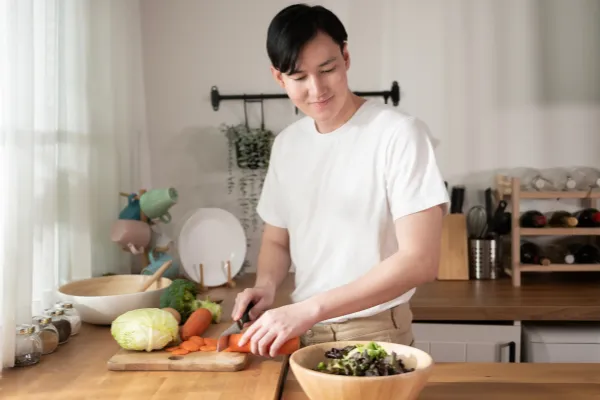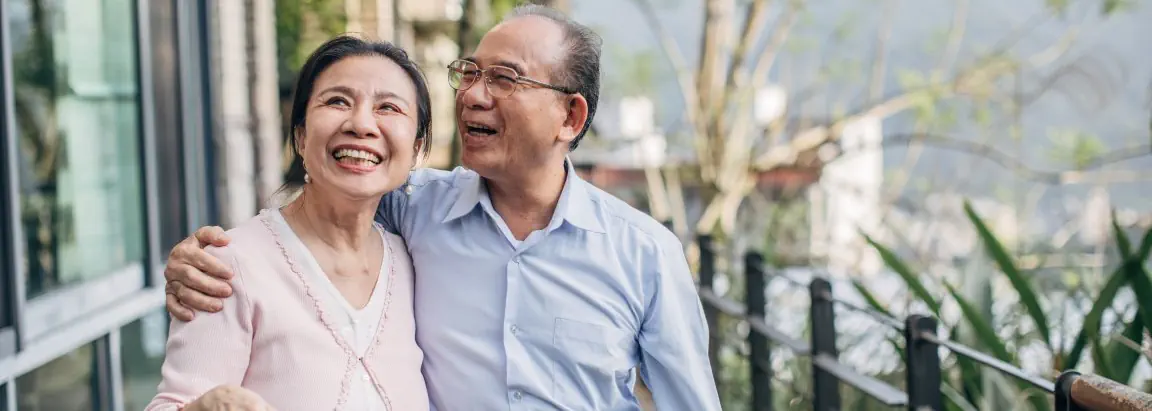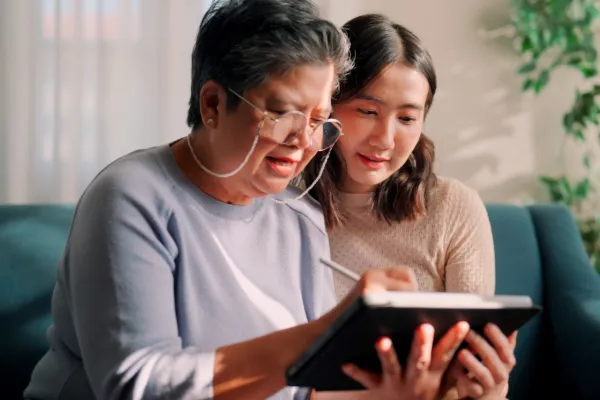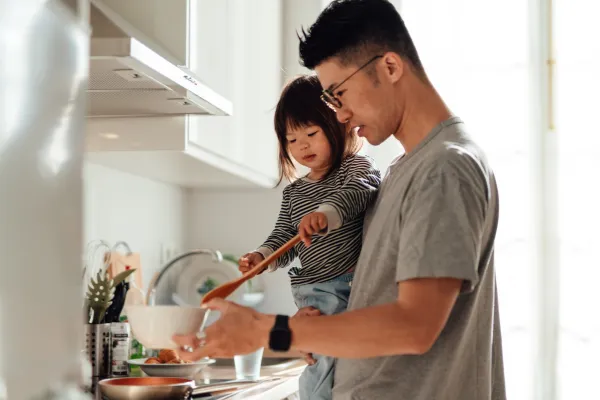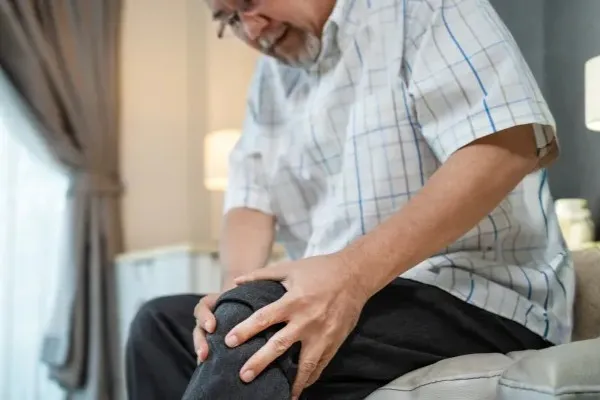Topics
Recognise factors that cause falling
There are usually many factors that cause falling such as the following:
- 1. Environment
Environment factors is the most common reason for falls. They include wet floors such as in the bathroom, dimly lit room, improperly secured carpet, or messy staircase.
- 2. Muscle weakness
As we get older, our muscles become weaker. This affects our strength and balance, leading to falls. Poor balance is caused by muscle weakness, stroke, and Parkinson’s disease, or by side effects of certain medications.
- 3. Dizziness
Dizziness or fainting can also cause falls. The most common cause of dizziness is postural hypotension (drop in blood pressure) caused by dehydration, aging circulatory system, Parkinson’s disease, or medications to treat high blood pressure.
Inner ear problems such as labyrinthitis (inflammation of part of the inner ear) and benign paroxysmal positional vertigo (sudden sensation of spinning due to specific changes in the head’s position), fast, slow, or irregular heartbeat, dehydration, and anaemia can cause dizziness.
- 4. Health conditions
Other causes of falls include health conditions such as low blood pressure, low blood sugar, foot problems such as corns, calluses, long or thick nails and ulcers.
Diabetes, vitamin deficiency, or numbness in the feet prevent elderly people from feeling their feet on the floor and subsequently fall.
Dementia, memory loss, and confusion can affect an elderly person’s ability to judge risk of falls, prevent and identify harm while walking around.
Eye problems such as stroke-related visual problems, cataracts, or glaucoma can cause difficulty in predicting and spotting obstacles and hence cause slipping or tripping. If elderly people wear double-focus lenses, they may face difficulties walking up or down the stairs.
If they have problems with bladder or bowels causing them to rush to the bathroom, or they frequently go to the toilet during the day or night, their risk of fall may increase too.
- 5. Medications
The more medications an elderly person takes, the more likely he is to fall. Some medications can cause side effects such as dizziness, instability, drowsiness, blurred vision, difficulty in thinking clearly and confusion.
Drugs commonly causing these symptoms include medication for low mood or anxiety, blood pressure medications, sleeping pills, epilepsy medications, and opioid painkillers.
Excessive alcohol drinking, especially when taken with some medication, can cause unsteadiness in the elderly and slow down their reactions.
Steps to take to prevent falls
A fall may cause a series of serious injuries in the elderly. Half of those who fall will have injuries such as joint dislocation, sprains, skin tearing, bruises, fractures, bleeding in the brain, disability, pain, and inability to walk.
As a result, a series of events will happen such as loss of confidence, fear of activity, weakness, muscle atrophy, more prone to falls, and even bedridden. The elderly may lose the ability to selfcare, leading to a decline in independence or quality of life. They may not be able to stay in their own homes too.
Here are some steps to take for fall prevention.
- 1. Ensure safer environment
- Place non-slip mats in the bathrooms.
- Place handrails on both sides of bathtubs, bathrooms, washrooms, and stairs.
- Clean up spillage immediately to prevent slippery floors.
- Ensure all rooms, corridors, and stairs are well lit.
- Avoid messy floors.
- 2. Avoid activities with high fall risk
- Use handrails when going up and down the stairs and while using the toilet.
- Avoid climbing stools and ladders or running up and down the stairs.
- Avoid walking on slippery floors with socks.
- Avoid carrying heavy items.
- 3. Practice personal care and safety
- Wear well-fitting and comfortable shoes with non-slip soles.
- Replace the rubber sole of a walking stick that is worn out.
- Maintain a stable gait at all times
- Wait for vehicles to stop before getting in and out of them.
- Slow down the speed of getting out of bed.
- Avoid drinking too much water before bed to get up many times at night.
- 4. Practice healthy lifestyle
- Do regular exercise to keep the bones strong and improve muscle strength and balance such as yoga, walking, tai chi, and qigong.
- Drink less alcohol
- Avoid smoking.
- Eat food high in calcium and vitamin D.
- 5. Consult healthcare provider
- Consult physiotherapist for appropriate mobility aids.
- Go for vision or hearing tests and wear glasses and hearing aids when needed.
- Go for bone density scans to detect and treat osteoporosis. If there is osteoporosis (bone density and mass decrease, bones become porous and fragile), older people should regularly take anti-osteoporosis drugs.
Make an appointment at Gleneagles Hospitals
Speak to your doctor to know more about bone fall prevention among the elderly. The caring and multidisciplinary team of healthcare professionals are available for consultation and to provide the best care.
Get in touch with us to book an appointment with an Orthopaedic specialist at Gleneagles Hospital today.
If you encounter a situation that requires medical attention, please seek immediate medical attention at the Accident and Emergency (A&E) department at your nearest Gleneagles Hospital.

